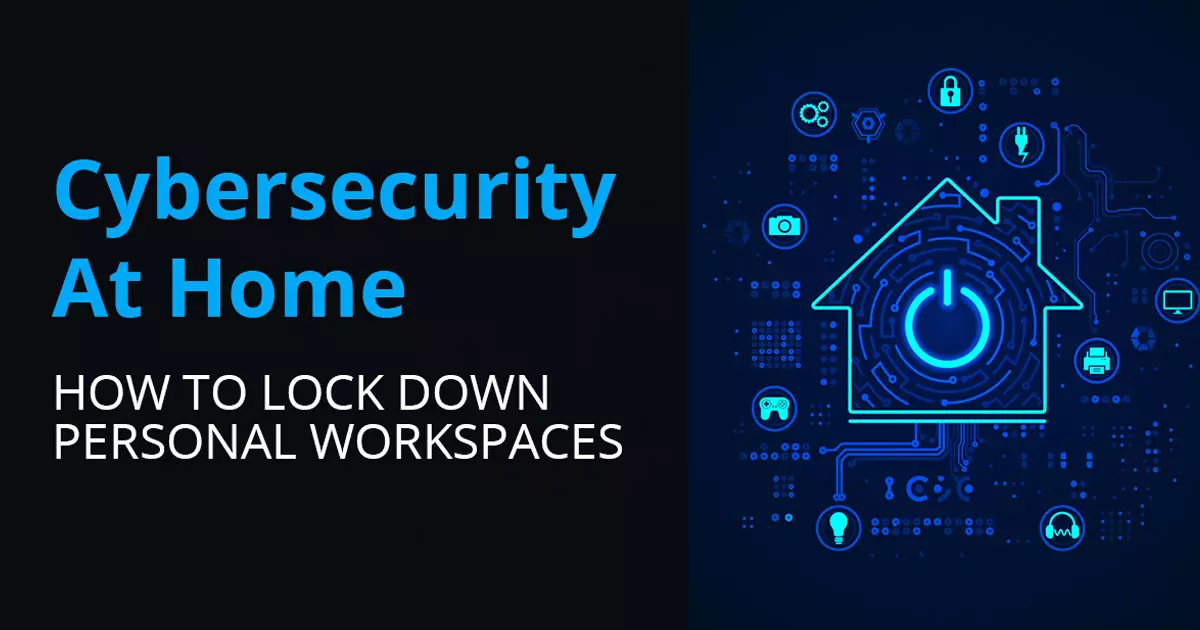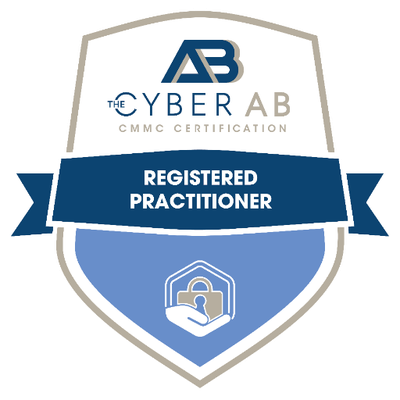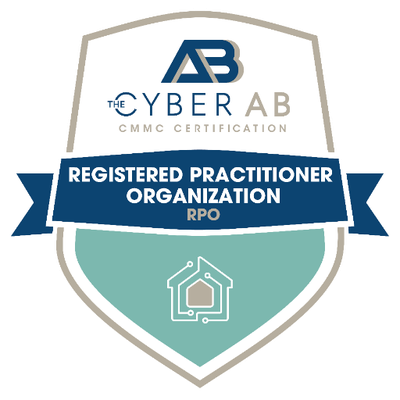COVID-19 has changed the world. In just a few brief months, much of the global economy has shifted to a work-from-home basis, anywhere it’s possible. Details may vary from country to country and even town to town, but one universal factor has emerged: Everyone who can is now working from home to help slow down the spread of the coronavirus.
For some, that’s business as usual. For many of America’s employers, telecommuting is a long-established tradition. Many more have integrated off-site contractors into their day-to-day workflows with virtual tools.
Yet not all businesses have years of experience adapting to a massive work-from-home footing. For some, shifting to a remote office plan raises difficult questions of workflow and management, and, perhaps most ominously, security.
The greatest disadvantage of the virtual office is the increased potential for security breaches. Unless you’ve already got a virtual private network (VPN) or some other kind of sophisticated security mechanism in place, you’re relying on the individual security of every machine connecting to your network — a sudden increase in strategic weak points.
Keeping an Eye on Your Cyber-Health: 3 Security Tips for At-Home Workers
The truth is, during a time of hyper vigilance regarding the physical health and security of our physical bodies, the need to protect our cyber identities has also taken on added importance. With that in mind, here are a few things you can do to build an effective cybersecurity plan within your new at-home network, and how to encourage its use by your team.
1. Take Your Daily Temperature
Just like you take your temperature every day to see whether you have a fever, so too should you run the same diagnostic check on your computer. Making an urgent decision to implement a universal antivirus — and then offering guidance as to its implementation and use — is a big part of keeping the workspace safe and virus free.
2. Respect the Process
It’s important to make sure your team understands the sequence of events around reporting and resolving issues. Just as they would report a health issue to a care team and then wait for an appointment to see the doctor, so too should they regard the IT ticketing system with patience and understanding of the importance of waiting in line — and respecting the boundaries of an overworked care team.
3. Beef Up Your Health IQ
Preventing a physical infection often comes down to making smart choices—avoiding a crowded mall, for instance, or washing your hands more often than usual. Knowing that these actions will help minimize your risk helps keep you safe, and so, too, does having extra knowledge about online security best practices help keep your online workspace safe and secure.
Free Guide: How to Practice Cybersecurity when Working from Home
With that in mind, we invite you to download our exclusive guide for working securely at home. From how to get a VPN for your home workspace to keeping it physically clean, this checklist runs down the most essential factors for daily cyber-safety.
Whether your team is being called upon to use their own computers — a.k.a., “Bring Your Own Device,” or “BYOD” — or if a company asset is provided for them at home, these tips are still sound policy for approaching day-to-day data security and making sure you’re taking all the necessary steps to stay virus free.





